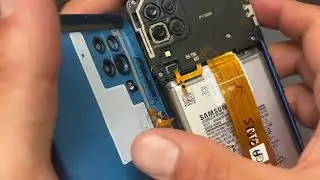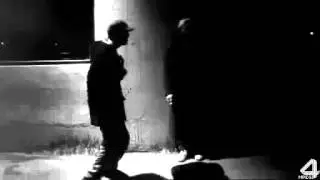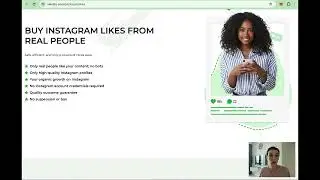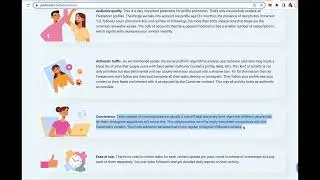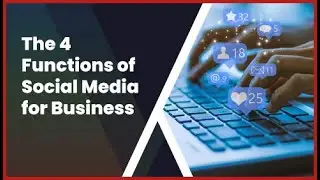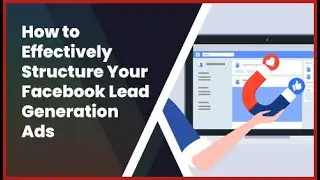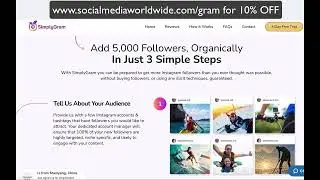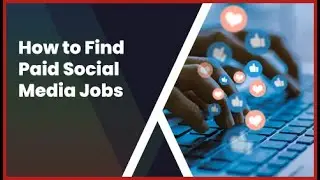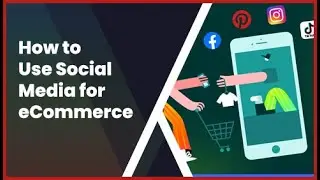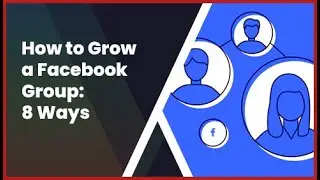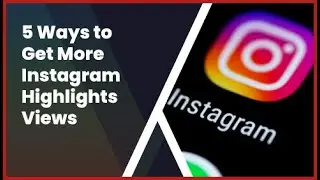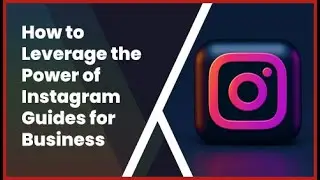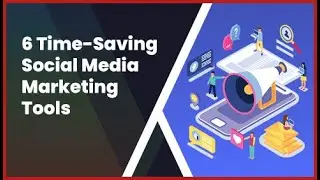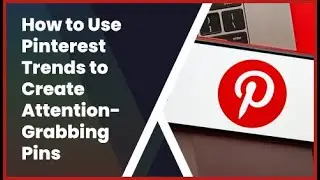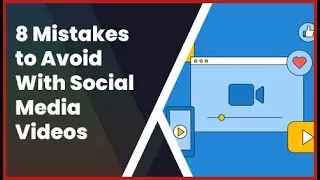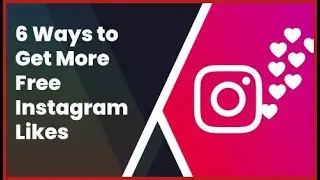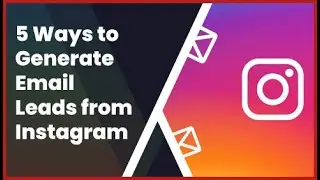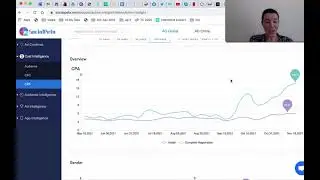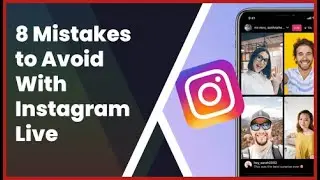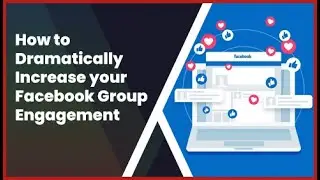The 7 Reasons Your Social Media Engagement Rate Is Low
Hello, Corinna Essa here from Social Media Worldwide and in this video I want to share with you the 7 Reasons Your Social Media Engagement Rate Is Low
Social media engagement is an important part of any social media marketing campaign and should be monitored very closely.
Your social media engagement rate is simply the percentage of people who have seen your content and interact by either leaving a comment, liking the post or sharing it. Not only is it critical to have high social media engagement rates for social proof, it is also important as the more engaged prospects and customers are with your content, the more likely they are to spread the word about you. Plus the more social media engagement your posts receive, the more organic reach your posts will get. In other words, more people will see your posts in their timeline, the more engagement they receive.
Ideally, when measuring social media engagement, posts should get an average of 1% engagement. So if 100 people see your posts, 1 person should engage with the post at least.
If your social media engagement metrics show an engagement rate consistently lower than 1% there could be a few reasons why.
• The first reason, is not using the right social media networks.
Each social media platform is different, and attracts a different type of audience. For example, Pinterest tends to attract a larger female audience interested in arts and crafts whereas LinkedIn tends to attract mainly professionals. Therefore, your social media engagement strategy should include joining the right social network for your business to make it easier to connect with your ideal audience. When you do, this will increase your chances of experiencing higher social media engagement.
• The second reason is not including calls to action in your posts
Your social media engagement strategy should include content with calls to action such as “retweet if you agree” or “please like this post and share it to help spread the word” tend to attract more social media engagement. In fact, according to marketingprofs.com, posts that include the word “share” garner nearly two times as much engagement on average compared with those that don’t.
• The third reason your social media engagement metrics show a low engagement rate could be because you’re over promoting
When advertising your products or services on social networks, it is not only important to make sure your marketing is “conversational”, it is equally important to make sure it doesn’t represent the majority of your content. Try to apply the 80/20 rule where 20% represents your advertising-driven content and 80% represents your value-adding content. By applying the 80/20 rule, you will earn the trust and respect of your audience, and they’re more likely to pay attention to your posts and engage with your posts too.
• The fourth reason your social media engagement metrics show a low engagement rate might be because your posts are not multi-dimensional enough
• When putting together social media engagement strategy and content plan, making sure there is a healthy balance between different types of posts is critical. Once content is varied between news, offers, humour, education, quotes, videos, infographics etc… you become less predictable, more interesting and will start appealing to more people. The people who are more visual, will be drawn to your visual content such as your videos and infographics whereas people who are avid readers will be drawn to your blogs posts, your commentary or quotes.
The fifth reason your social media engagement metrics show a low engagement rate might be because you are not looking at your social media engagement metrics and tracking your posts. The ability to track and analyse social media engagement metrics is a skill that is absolutely critical when wanting to increase social media engagement. By closely monitoring your social media engagement metrics when publishing content on social networks, it becomes easier to craft posts according to what your audience is most likely to respond to, and therefore help you increase social media engagement.
The sixth reason you might not be experiencing as much engagement as you would like, could be because you are not posting content at the right time, when your audience is actually on the social network. In order to discover your optimal times on Facebook, simply go to your Facebook page and click on “insights” and then click on “posts”.
To find out when your Twitter followers are on the platform, you can use the tool called Tweriod.com This tool allows you to discover the optimal times to publish your tweets according to your audience.




